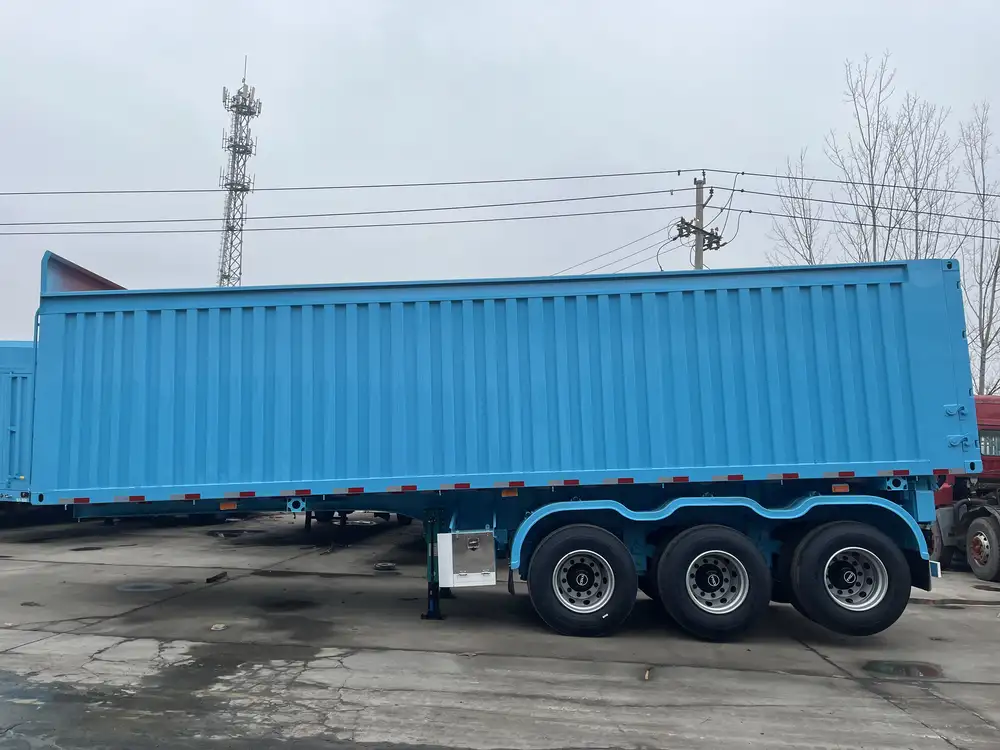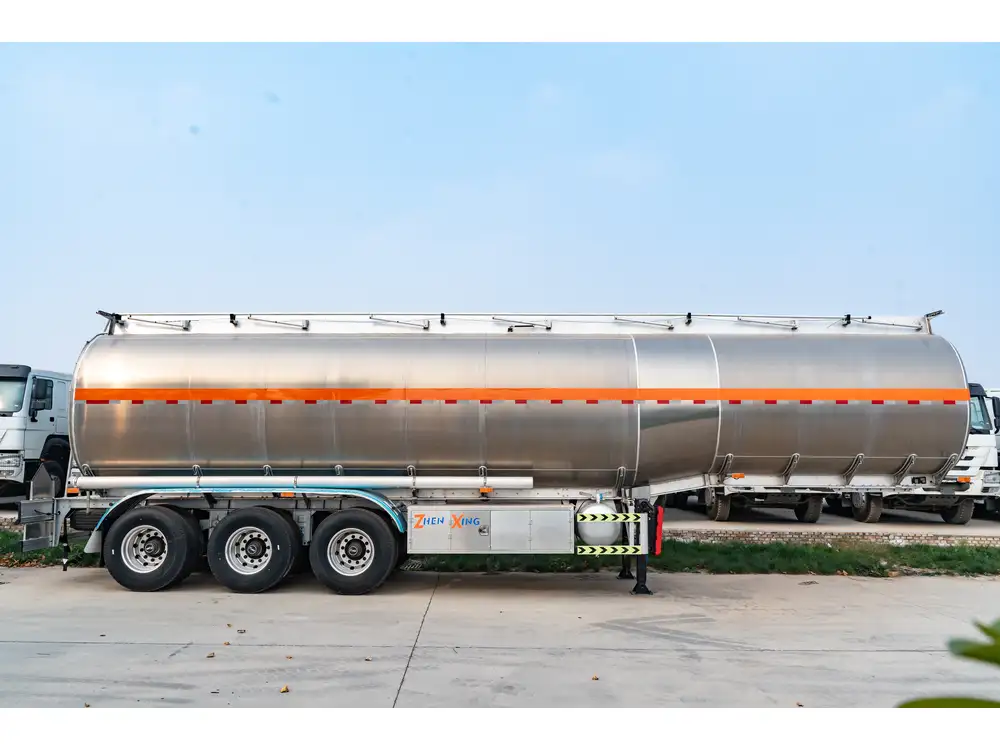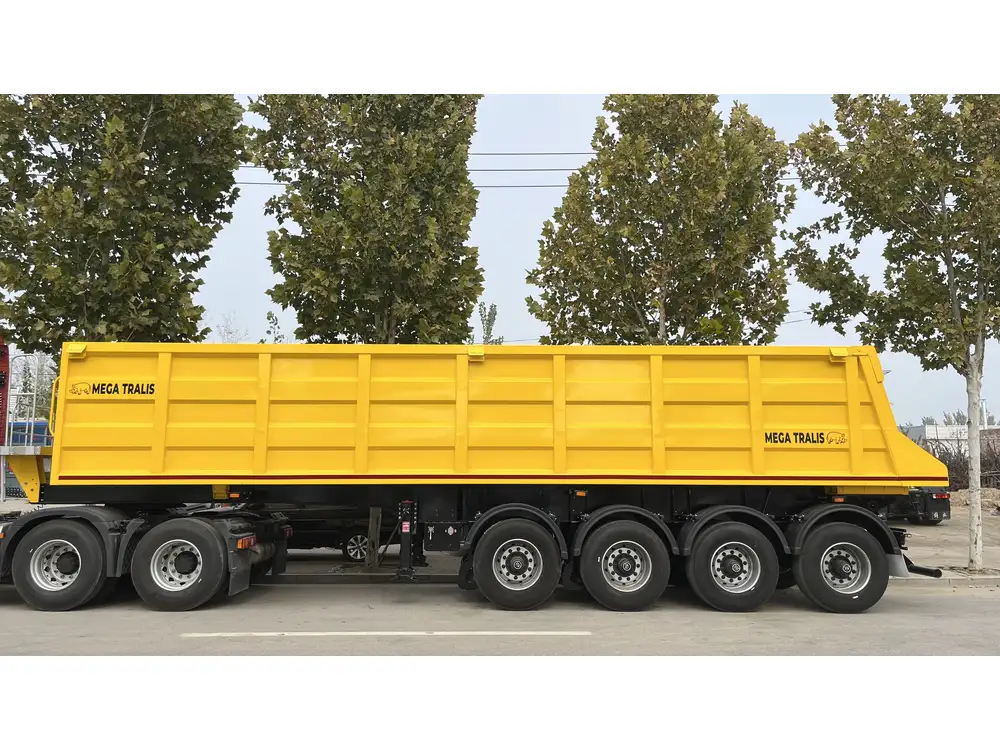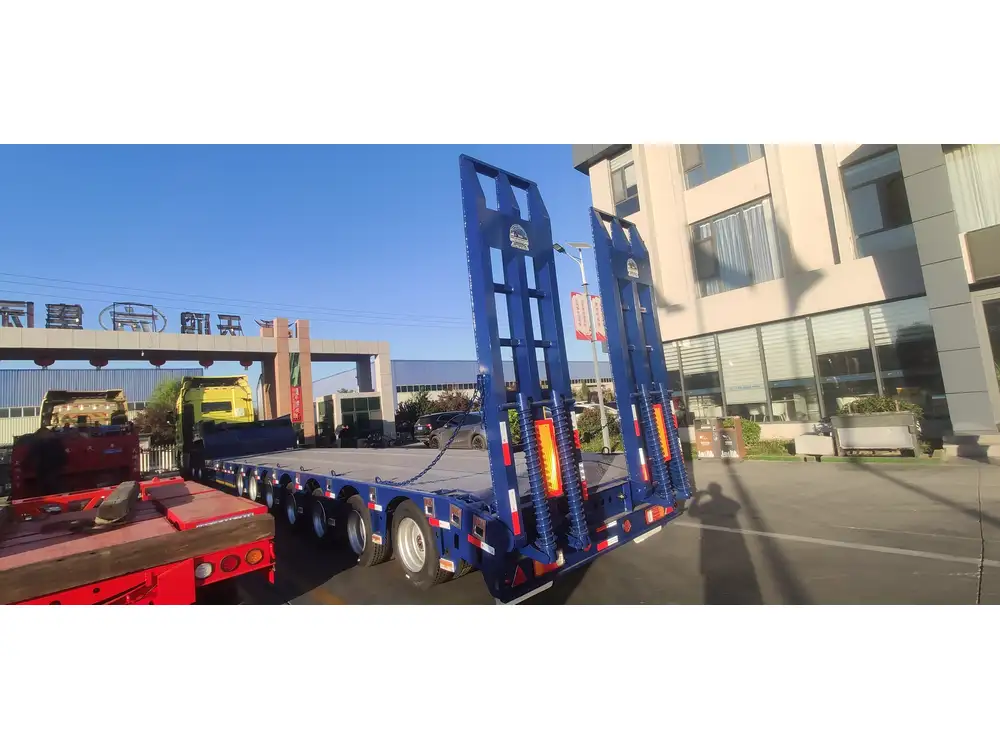Introduction to Trailer Septic Tanks
Trailer septic tanks are an essential component in waste management systems for trailers, ensuring that human waste is properly contained and disposed of. They serve as a crucial part of portable sanitation solutions, particularly for recreational vehicles (RVs), mobile homes, and other transportable living units. Understanding the design and functionality of these tanks can help users make informed decisions regarding maintenance, replacement, and overall sanitation practices.
What Does a Trailer Septic Tank Look Like?
To accurately visualize what a trailer septic tank looks like, we must first define its primary features and components.

Exterior Appearance
The external design of a trailer septic tank typically includes:
| Feature | Description |
|---|---|
| Material | Most septic tanks are made of HDPE (high-density polyethylene), fiberglass, or concrete, providing durability against environmental conditions. |
| Shape | Generally, trailer septic tanks are cylindrical or rectangular, designed to fit conveniently underneath or within trailers. |
| Size | The capacity can vary, typically ranging from 25 to over 100 gallons, depending on the intended usage and space available in the trailer. |
| Access Ports | Several access ports are included for inspection and maintenance. These ports are often sealed with lids that are either threaded or bolted. |
| Color | Tanks usually exhibit neutral colors like black, gray, or green, enabling them to blend into landscaping or the terrain. |
Internal Structure
Inside, a trailer septic tank comprises:
- Baffles: These are walls within the tank that help separate solids from liquids, promoting the settling process of solids to reduce clogging.
- Siphoning System: This allows the effluent to flow out while retaining solids within the tank, crucial for effective waste management.
- Inlet and Outlet Pipes: These pipes facilitate the entry of sewage and the exit of treated effluent, respectively.
Diagrams and Visual Aids
Consider the diagram below to enhance your understanding of the internal layout of a trailer septic tank:
|----------------------------|
| INLET PIPE |
| |
| [ BAFFLE ] |
|----------------------------|
| [ BAFFLE ] |
| |
| OUTLET PIPE |
|----------------------------|
Key Functions of Trailer Septic Tanks
Trailer septic tanks offer a variety of functions critical to sanitation management. Key functions include:
- Waste Containment: Ensuring the safe storage of sewage until it can be disposed of correctly.
- Solid-Liquid Separation: During the settling process, the tank allows heavier solids to settle at the bottom while lighter wastewater remains on the surface.
- Aerobic Treatment: Some tanks include aerobic systems that help break down waste with the introduction of oxygen, improving effluent quality.
- Odor Control: Properly designed septic tanks minimize odors through adequate sealing and ventilation.
Importance of Regular Maintenance
Regular maintenance of trailer septic tanks is vital to prevent failures that can lead to costly repairs or health hazards. Consider the following maintenance tips to prolong the lifespan of your tank:
Routine Inspections
Conduct inspections every 3-5 years to assess tank integrity, ensuring there are no leaks or physical damage.

Pumping Schedule
Have your tank pumped by professionals every 1-3 years, depending on usage. This process removes accumulated solids, preventing blockages and inefficiencies.
Drainfield Care
Avoid planting trees or shrubs near the drainfield, as their roots can infiltrate the system and cause damage. Ensure proper drainage around the tank to prevent flooding.
Monitor Water Usage
Being mindful of water consumption can significantly impact your tank’s efficiency. Excessive water usage strains the system, potentially leading to quicker fill-ups.

Common Problems Associated with Trailer Septic Tanks
Issues with trailer septic tanks can arise due to negligence or improper use. Understanding these problems can help users stay proactive:
1. Clogs and Backups
Excessive solids can cause clogs, resulting in sewage backups. This often occurs from improper waste disposal. To minimize this risk, avoid flushing non-biodegradable items and chemical substances.
2. Overflows
If a tank exceeds its capacity, it can overflow, leading to serious health and environmental hazards. Timely pumping and strict adherence to capacity limits can help mitigate overflow issues.

3. Inefficient Decomposition
Lack of proper aerobic conditions can hinder waste decomposition, leading to foul odors and elevated levels of untreated waste. Aerobic treatment options can combat this.
4. Structural Failures
Trailers subject to extreme environmental conditions can experience physical deterioration in tank materials, leading to leaks. Regular inspections and timely repairs are essential.
Choosing the Right Trailer Septic Tank
When selecting a trailer septic tank, several factors must be considered to ensure optimal performance and longevity:

Size and Capacity
The size largely depends on the number of occupants and the expected waste volume. A tank suitable for families or heavy use should have a minimum capacity of at least 50 gallons.
Material Composition
- HDPE: Lightweight, resistant to corrosion, and easy to install.
- Fiberglass: Durable and corrosion-resistant, ideal for diverse weather conditions.
- Concrete: Heavy-duty but may require a larger initial investment. Appropriate for long-term underground use.
Installation Considerations
Expert installation is pivotal to ensure proper functioning. Seek professionals who specialize in septic systems to ensure compliance with local regulations and standards.

Environmental Considerations
Understanding the environmental impacts related to trailer septic tanks is integral to sustainability practices. Proper installation, use, and maintenance contribute significantly to minimizing adverse effects:
- Groundwater Protection: Adhering to regulations can prevent leachate contamination of nearby water sources.
- Soil Quality: Well-maintained systems help sustain soil health by promoting natural decomposition of organic matter.
- Odor Management: Effectively designed systems minimize unpleasant smells, improving the living environment.
Conclusion: Elevating Sanitation Practices with Informed Choices
In summary, a trailer septic tank plays an indispensable role in maintaining sanitary conditions for mobile living spaces. Through understanding its design, functions, and maintenance requirements, users can elevate their sanitation practices. Ensuring proper care and timely interventions significantly enhances tank performance, contributes to community health, and promotes environmental stewardship.
Final Thoughts
When contemplating the purchase or maintenance of a trailer septic tank, we prioritize informed decisions to maximize efficiency and longevity. Knowledge empowers users to take control of their sanitation needs, ultimately enhancing their lifestyle and ensuring safety.
By focusing on quality, design, and proper maintenance, we can better manage the intricate world of trailer septic tanks while facilitating a cleaner, sustainable future.



